Not just Boracay...
The Ultimate Guide For Muslim Travellers to Great Wisteria Festival in Japan
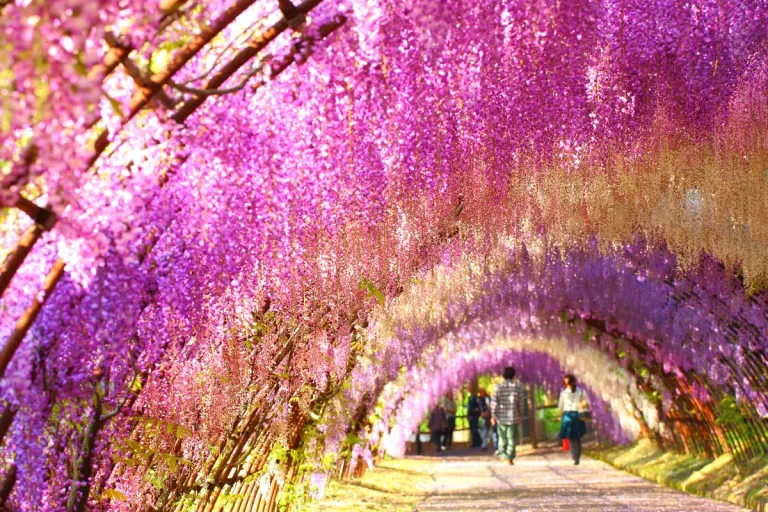
Spring in Japan is a breathtaking season, typically ending in May. Just as the vibrant colors of cherry blossoms start to fade, the wisteria flowers come into full bloom from April to May, offering a grand finale to the season. Wisteria is celebrated almost as widely as the cherry blossom, with festivals dedicated to showcasing their cascading beauty. One of the most famous celebrations is The Great Wisteria Festival, held at Ashikaga Flower Park in Tochigi Prefecture. The festival attracts visitors from all over the world, including Muslim travellers looking for family-friendly, nature-filled experiences in Japan.
Also read: Beyond Sakura: 10 Muslim-Friendly Wisteria Spots in Japan 2025
From the flower corridor to magical nights
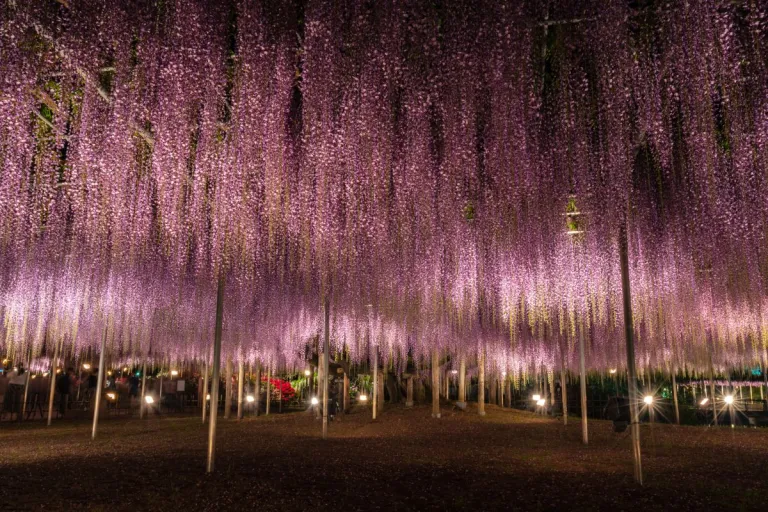 Image credit: Shawn.ccf | Canva Pro
Image credit: Shawn.ccf | Canva Pro
Ashikaga Flower Park transforms into a dreamscape during the festival, offering various ways to appreciate the wisteria’s charm. The highlight is undoubtedly the awe-inspiring 160-year-old wisteria tree, whose purple blooms create a canopy spanning about 1,000 square meters. Strolling under this fragrant curtain feels like stepping into a fairytale. The park also features an 80-meter-long wisteria tunnel and serene views of wisteria flowers mirrored on the lake’s surface. Visitors can indulge their senses further with wisteria-flavored ice cream, a must-try for halal-friendly desserts (be sure to check the ingredients, as some might contain gelatin or alcohol-based flavoring). As night falls, the park is illuminated, casting a magical glow over the blossoms — a sight you won’t want to miss.
Festival schedule: Plan your visit
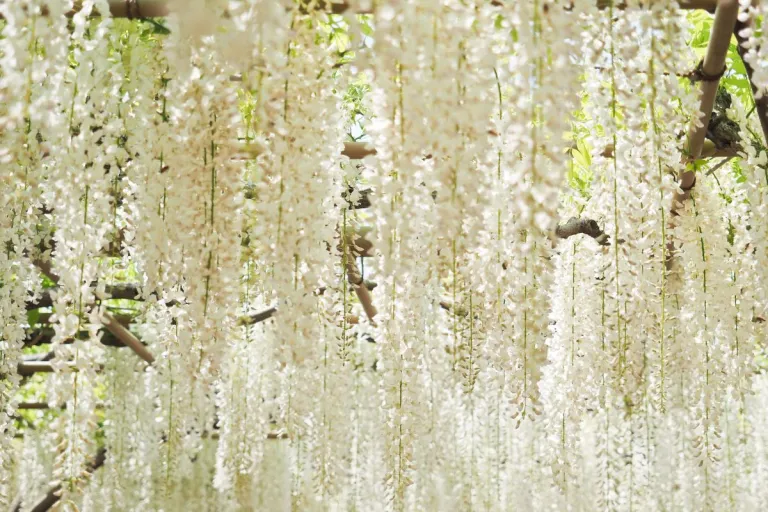 Image credit: JEN_n82 | Canva Pro
Image credit: JEN_n82 | Canva Pro
For 2025, The Great Wisteria Festival will run from 12 Apr to 18 May. If you’re hoping to enjoy the enchanting nighttime illuminations, plan your visit between 19 Apr and 18 May.
Be mindful that the park’s opening hours change during the festival period:
From 12 Apr to 18 Apr, it’s open from 9:00 am to 6:00 pm.
From 18 Apr to 18 May, it extends to 8:00 am to 8:30 pm.
The park’s floral displays evolve throughout the festival, offering visitors the chance to see different varieties of wisteria depending on the timing of their visit. Mid to late April features the pink "usubeni-fuji" while late Apr to early May showcases the iconic purple blooms. Early May is the time for "shiro-fuji" (white wisteria), and early to mid-May brings the rare yellow "kibana-fuji."
Ticket information
Ticket prices for adults range from JPY 1,200 (S$12) to JPY 2,300 (S$21), while children’s tickets are priced between JPY 600 (S$5.5) and JPY 1,200 (S$12). Note that night admission requires a separate ticket, and prices tend to be higher during peak bloom times and weekends. To manage your budget effectively, especially if travelling with family, it’s best to check the latest ticket information on the official website before your visit. If you’re planning for prayer times, remember that longer visits might overlap with prayer hours, so consider bringing a prayer mat and checking the park map for quieter, respectful spaces to pray.
Getting to Ashikaga Flower Park
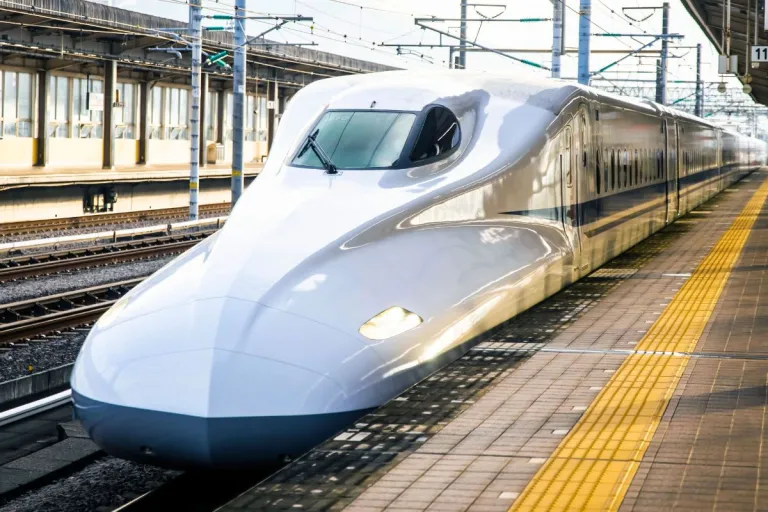 Image credit: Ivan Kokoulin | Canva Pro
Image credit: Ivan Kokoulin | Canva Pro
Reaching Ashikaga Flower Park is convenient by train. From Tokyo, take the Tohoku Shinkansen to Oyama, then transfer to the JR Ryomo Line towards Ashikaga Flower Park Station. Alternatively, you can board the Rapid Rabbit train on the JR Utsunomiya Line, which runs during the morning and evening from Tokyo or Ueno. Regular express trains are also an option, though they may take a bit longer to get you to the park. For Muslim travellers, travelling by train is a comfortable way to explore Japan, and you can also prepare halal meals or snacks for the journey, as finding halal options on board may be limited.
Visitor guidelines
To make sure everyone enjoys the festival, please be mindful of these park rules:
Smoking is only allowed in designated areas.
Do not touch or pick the flowers.
Pets are not allowed inside the park.
Stay off restricted areas like lawns and barriers.
Avoid wearing wedding dresses or cosplay costumes.
Drones, motorbikes, and bicycles are prohibited in the park.
Refrain from sports activities like ball games or jogging.
Musical instruments are not allowed unless part of an official performance.
Food and drinks are not permitted, but there are on-site restaurants for your convenience.
For a full list of guidelines, check the details on the official park website.
Also read: My Journey to Japan: A Muslim Traveller’s Perspective
Muslim-friendly travel tips for The Great Wisteria Festival
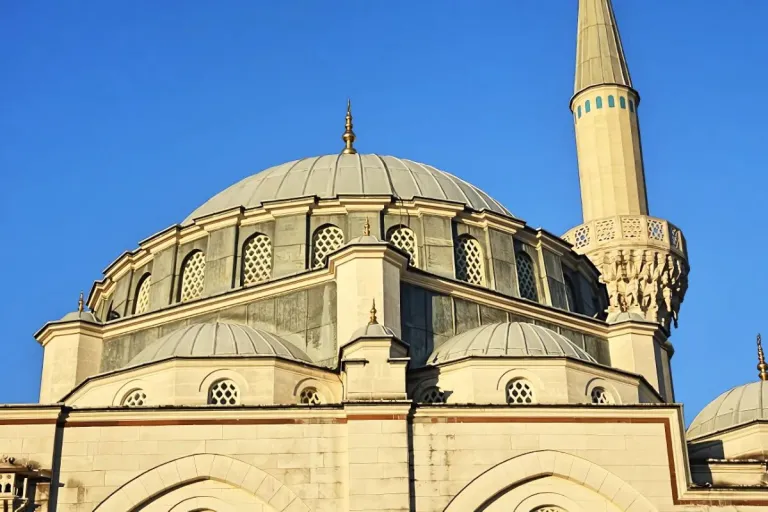 Image credit: Japan Masjid Finder | Official Website
Image credit: Japan Masjid Finder | Official Website
Prayer spaces: Ashikaga Flower Park doesn't have dedicated prayer rooms, but visitors can bring their own prayer mats and find peaceful, quiet corners within the park for prayer. For nearby mosques, the Ashikaga Mosque is a great option located not too far from the park. Make sure to plan your visit around prayer times, and consider the mosque’s prayer schedule.
Halal-friendly food: While the park offers food and beverages, halal-friendly options might be limited. Be sure to check ingredient labels, especially for ice cream or snacks. If unsure, consider bringing your own halal snacks or a packed meal. If you prefer dining out, look for halal restaurants in nearby areas such as Utsunomiya or Oyama, which offer halal dishes.
Published at
About Author
Aimi Zulkiflee
Subscribe our Newsletter
Get our weekly tips and travel news!
Recommended Articles
10 Best Halal-Friendly Destinations in The Philippines for Muslim Travellers 10 Best Places for Muslim Travellers to See Tulip Festivals in 2025 Fun Fact: Tulips didn’t actually come from the Netherlands but Türkiye!
10 Halal Anime Food Guide for Muslim Travellers in Japan Muslim-friendly versions of popular anime dishes across Japan!
Top 10 Popular Muslim-Friendly Destinations to Visit in 2025 Our schedules are packed, buddies!
10 Halal Restaurants in Bangkok to Satisfy Your Thai Cravings From Korean-style BBQ and Punjabi curries to award-winning shrimp Pad Thai, take your pick from these amazing Halal restaurants in Bangkok.
Latest Articles
Mona Lisa Relocation 2031: What Muslim Travellers Should Know About the Louvre Makeover You can catch Mona Lisa’s smile in under 1 minute!
Penang Airport Launches MyBorderPass: Faster Immigration For 63 Countries Faster customs for 63 countries at Penang Airport!
Travel Alert: Beijing and Northern China Hit by Extreme Winds — Safety Tips Inside China warns people under 50kg to stay indoors amid strong wind alert!
Bali Sets New Rules For Foreign Tourists, Here's What You Need To Know Bali's new rules all foreign tourists need to know before your visit!
Hello Kitty Airport in Japan: Everything You Need to Know For a Muslim-Friendly Visit to Oita Japanese Airport Renamed 'Hello Kitty Airport' temporarily!

